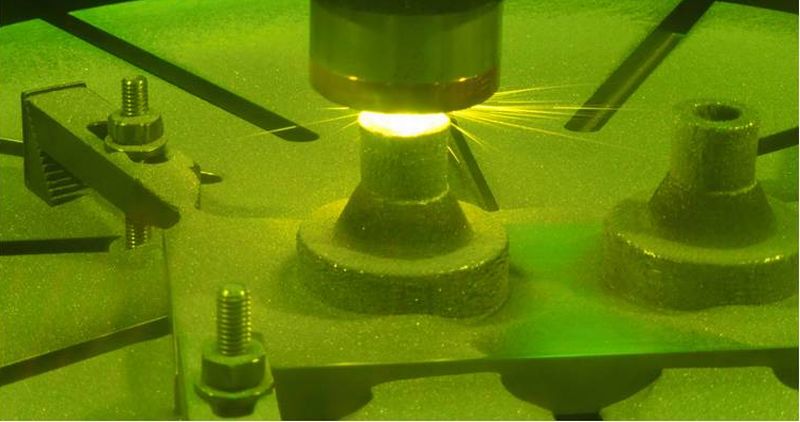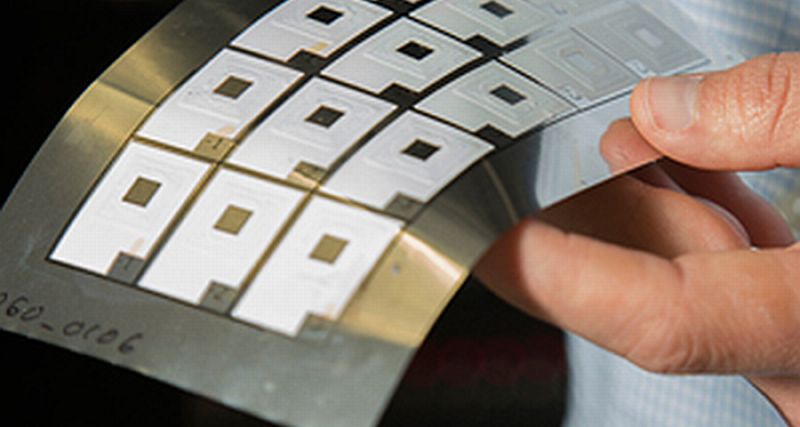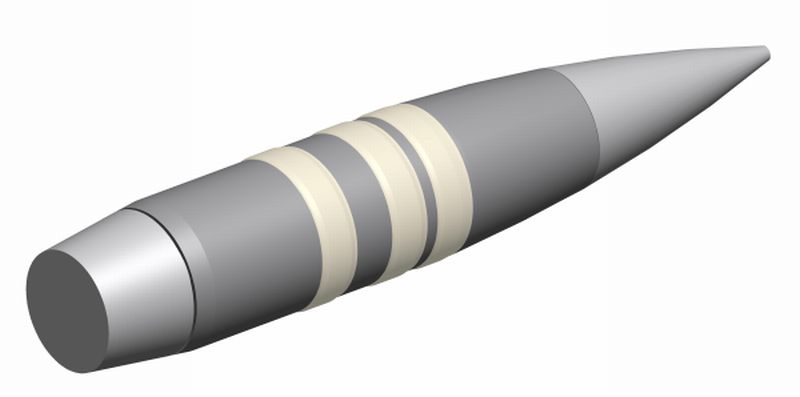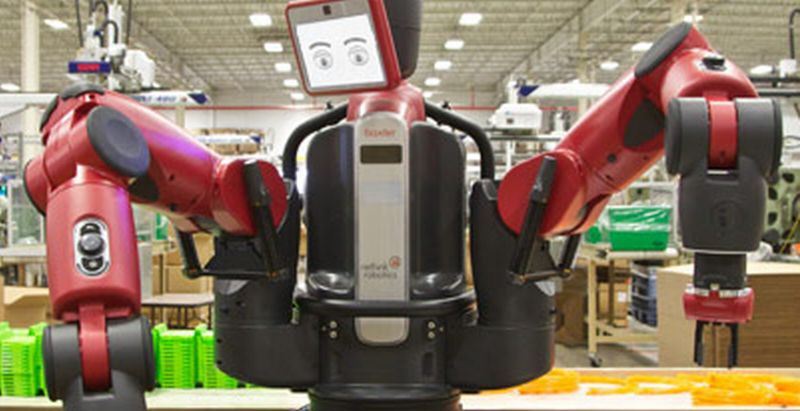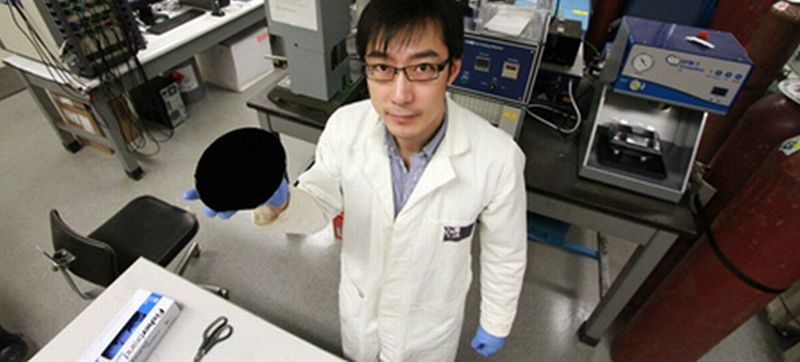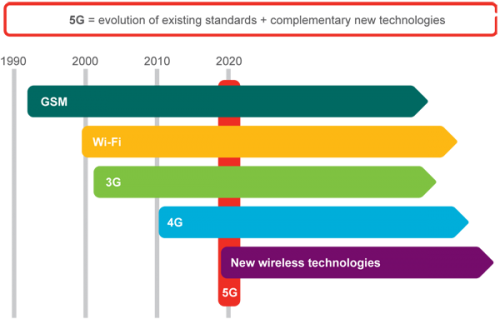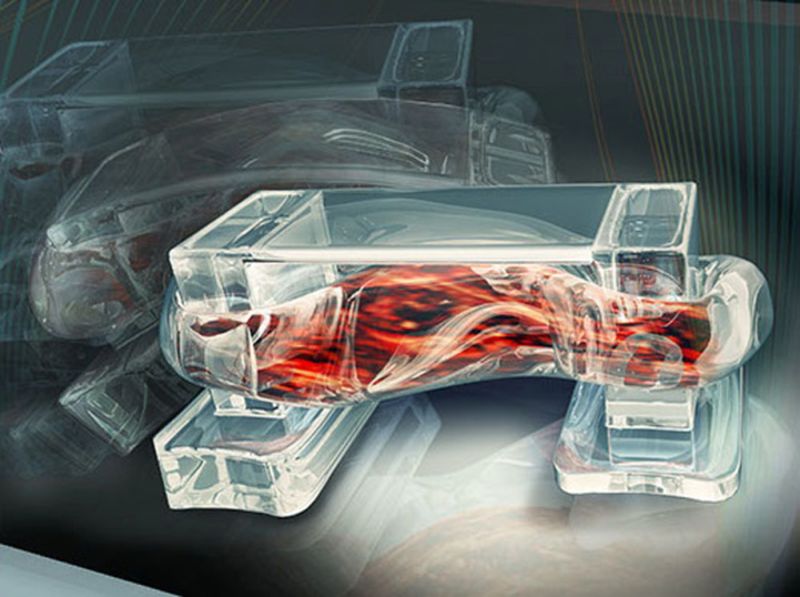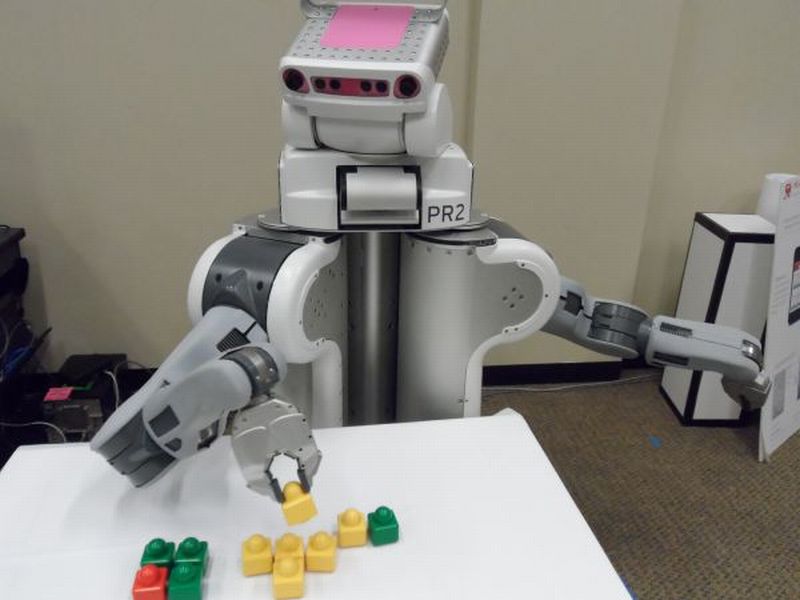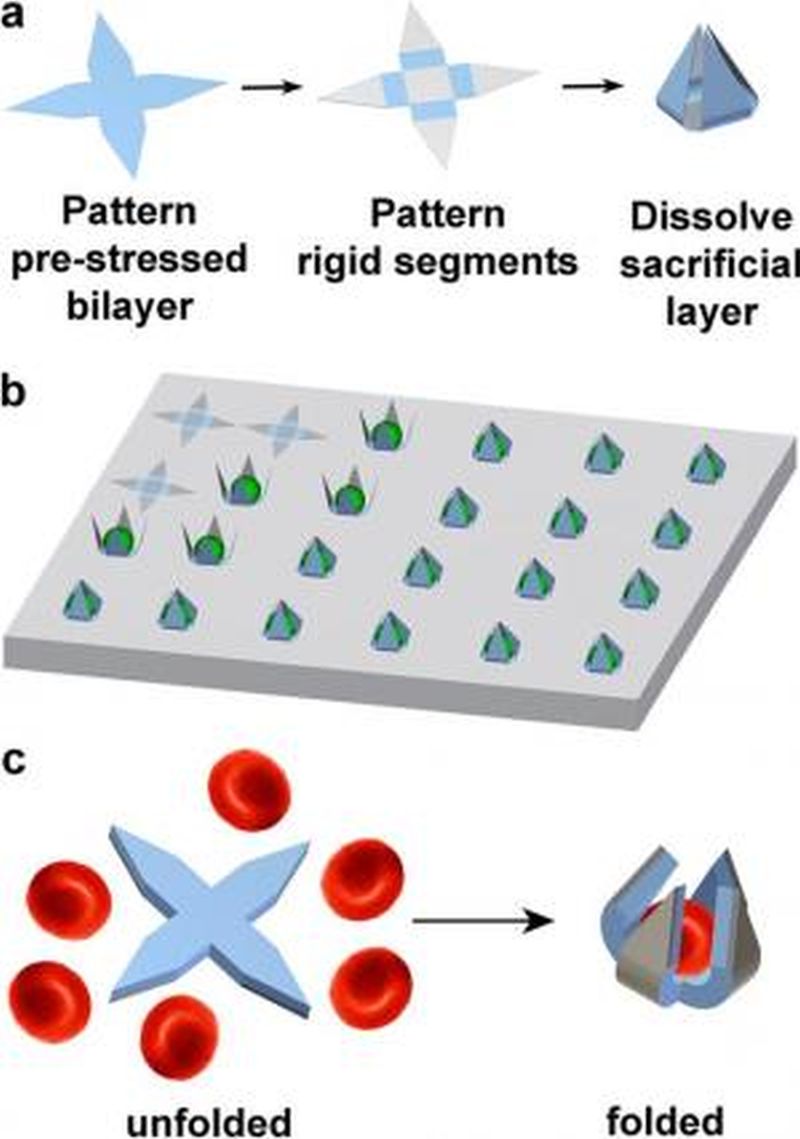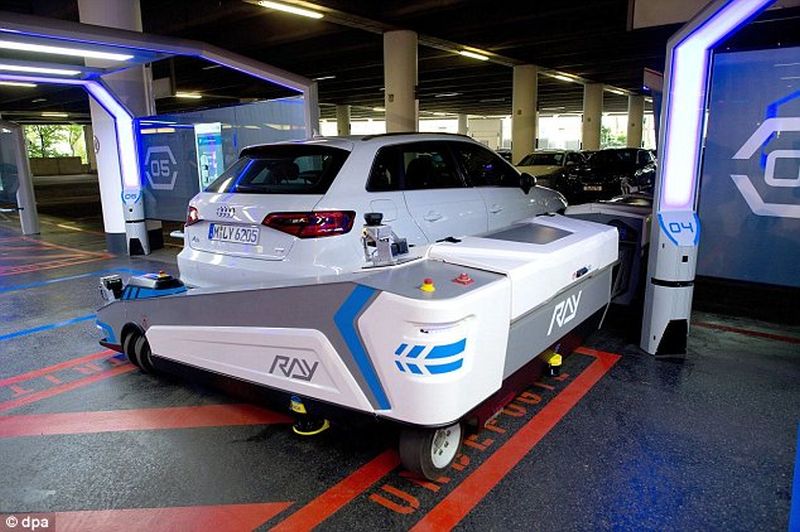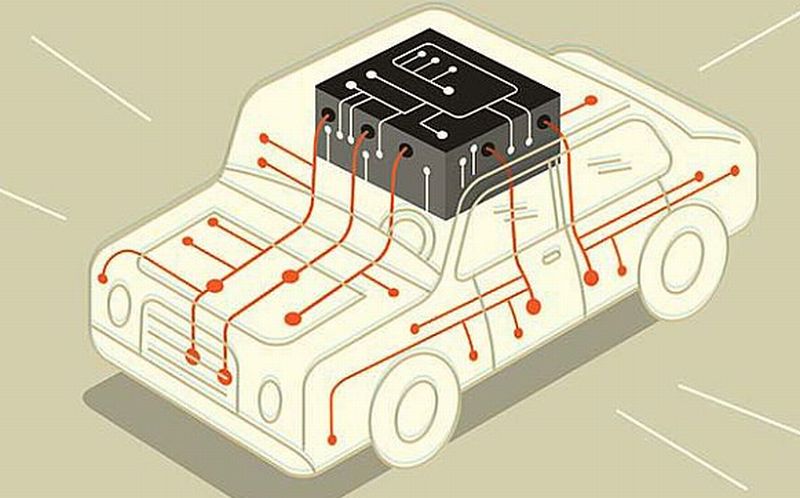One of the major drawbacks of 3D printing is its lack of ability to use varied types of materials in printing a particular product. The same inability has been hindering 3D printing in space travel as well, where at times, situation demands fabrication of certain parts from several different materials. NASA’s Jet Propulsion Laboratory (JPL) space scientists in collaboration with researchers from Caltech and Penn State University have been working closely to resolve this problem of bringing 3D printing closer to space travel. They developed a process that allowed for…
Read MoreTag: futuretech
Flexible and Enduring Rechargeable Battery: Reshaping landscape for Wearable Devices
In an effort to reshape the battery landscape, Imprint Energy, a California based startup is fabricating flexible and rechargeable batteries, which can be printed using the very common industrial screen printers. The firm envisions to market the ultrathin zinc based polymer batteries to wearable electronics manufacturers and pitch the same in medical field, robotics and military for environmental sensors and smart labels.
Read MoreDARPA’s Guided Bullets: Revolutionizing Rifle Accuracy or Developing Tools for RoboSoldiers
In an interesting ammunition research development program, DARPA has come about with a technology that could change mid flight direction of bullet only to hit the target down. Extreme Accuracy Tasked Ordnance program under DARPA brought about the first live-fire tests showing the in-flight guidance of .50-caliber bullets. EXACTO is able to demonstrate the maneuvering of bullet’s direction while it’s in mid flight only to counter balance the aim that is being set by the sniper. Agency released the following video depicting the test flight of 0.50-caliber bullets that were…
Read MoreUS military to develop a Reusable Unmanned Spacecraft: The Experimental Spaceplane project
The US military is looking forward to create an affordable and efficient robotic space plane that has an ability of embarking payloads directly into the orbit. DARPA has already granted the design contract to three firms namely, Boeing, Masten Space Systems and Northrop Grumman. For the initial stage of the Experimental Spaceplane project, also called the XS-1, the firms have collaborated with similar other aerospace companies. For instance, Boeing is working with Blue Origin, Masten is teaming up with XCOR Aerospace and Northrop Grumman is collaborating with the Virgin Galactic.…
Read MoreBaxter Research Robot: Ideal Platform for Collaborative Robotics
Baxter Research Robot is an interesting and affordable concept for the corporate and academic robotics research across the world. It would help teaching fifth graders how to code on a real robo machine. Targeted towards academic and corporate R&D departments, it would assist in human-robot interaction and collaborative robotics to the next level. Safe and reliable hardware platform The humanoid robot platform is worth $25,000 (USD). It consists of two 7-axis arms, embedded cameras, sonar, torque based sensors and direct programming access through standard Robot Operating System interface. It makes…
Read MoreCarbon on the Cathode of Li-ion Batteries: The New Electrochemistry Technology
The University of Alberta experts have fabricated next gen batteries from carbon nanomaterials. This novel product is standing tall in front of conventional lithium-ion batteries where the former is efficient enough to charge faster and happens to lasts longer relatively. The electrochemistry technology As per Xinwei Cui, one of the lead researchers, they have worked upon an innovative approach towards electrochemistry technology consequent upon which, they it was able to yield higher energy density and power. The team has worked along a mechanism called the induced fluorination, a new concept…
Read MoreEricsson 5G delivers 5 Gbps speeds: Connectivity across Telephony to Applications
Unlike any international tech event, this year at the Mobile World Congress in Barcelona people showed an intensive interest on the use of 5G networks. As expected, the 5G network would be offering exponential gains over its predecessor 4G in terms of the two main things, speed and capacity. Anyhow, 2020 is the anticipated year for the implementation of the 5G networks however lately, Ericsson, the Stockholm-based communications technology and services company has demonstrated the pre-standard 5G network technology by displaying its ability of achieving 5 gbps speed.
Read MoreSkeletal Muscle Cell Powered Bio-Bots: Micro-Bots controlled by an Electric Field
Inspired from living organisms, researchers try to create robots that can simulate living creatures mechanically or chemically. This field of science is named as Biorobotics. A team of researchers at the University of Illinois at Urbana-Campaign has made a miniature walking bio-bots that derive its power from living muscle cells. And their movement can be regulated externally using electrical pulses.
Read MoreOnline Interactive Visualizations: New Learning Tool for Robots
Researchers at the University of Washington have come up with an approach where robots would be working or learning new skills via collaborating working by shooting a set of query to a larger online community. Rajesh Rao one of the lead scientist asserted that they are taking the one to one interaction to the next stage where the machine would be asking help from the whole world in case it happen to stuck at some problem or a puzzle. Until now, robots could only acquire learning through imitating humans, which…
Read MoreSelf-folding Gripper for Capturing Single Cells: Wafer Fabricated for Cellular Analysis
Human body is composed of different biological cells. Each cell is unique. Research shows that a sample of biopsied tumor consists of various distinct cells. These cells differ in their rate of proliferation, responsiveness to drugs, potential metastasis and so on. Therefore, it is essential for researchers to understand the behavior of individual cells and then accordingly design therapy and treatments, for which seizing individual cell is very important.
Read MoreAutomated Parking System: ‘Ray’ the New Parking Assistant
Nowadays it is a major challenge to find a perfect parking space in cities, especially in a busy area like markets, railway station or at the airport. The trouble further increases when you are in a hurry to board a flight or watch a movie in the theater.
Read MorePolymer for a Shatterproof Smartphone Touchscreen: Copper-based Flexible Display
Polymer scientists at University of Akron have developed an electrode, which is transparent in nature. Researchers aim to create shatterproof screens for smartphones with this newly fabricated layer of electrode. It’s been quite some time now since, researchers were looking for alternatives to conventional indium-tin oxide, the ITO technology used for making the touchscreen. Brittleness is one of the major flaws with smartphone screens made up of ITO technology. Another equally important reason for looking at its alternative is its scarcity. Moreover, escalation of smartphone and tablet market is fueling…
Read MoreBiofuel from Waste Coffee Grounds: Car running on Coffee
Recycling industrial or household waste is very imperative for keeping the environment clean. Recently, researchers from the University of Bath have demonstrated an effective method of generating biofuel from waste coffee grounds that can power vehicles.
Read MoreFully Autonomous Vehicles: Profit Center for Chipmakers
IHS Technology envision that market for MCUs and processor units would touch half a billion dollars by 2020. Similarly, revenues from optical sensors would escalate 7 times by the same year. Google has already rolled in its driverless car and by the end of 2014 we would be witnessing more such autonomous vehicles from robot manufacturers as well, as in robocars. As of now, these cars are not functioning as fully autonomous vehicles and they do require human intervention, especially to avoid unanticipated events. In fact, they are being operated…
Read MoreStenocara beetle Inspired Hygroscopic Scaffold: Nanotubes for Storing Water
Water is essential for survival of almost all kinds of lives on Earth, hence it is imperative to conserve it at any cost. Researchers from around the world are working to find new and innovative methods to conserve water, especially in areas which are short of water resources. Inspired from an insect, researchers from Rice University have come up with an innovation method of water collection.
Read More
